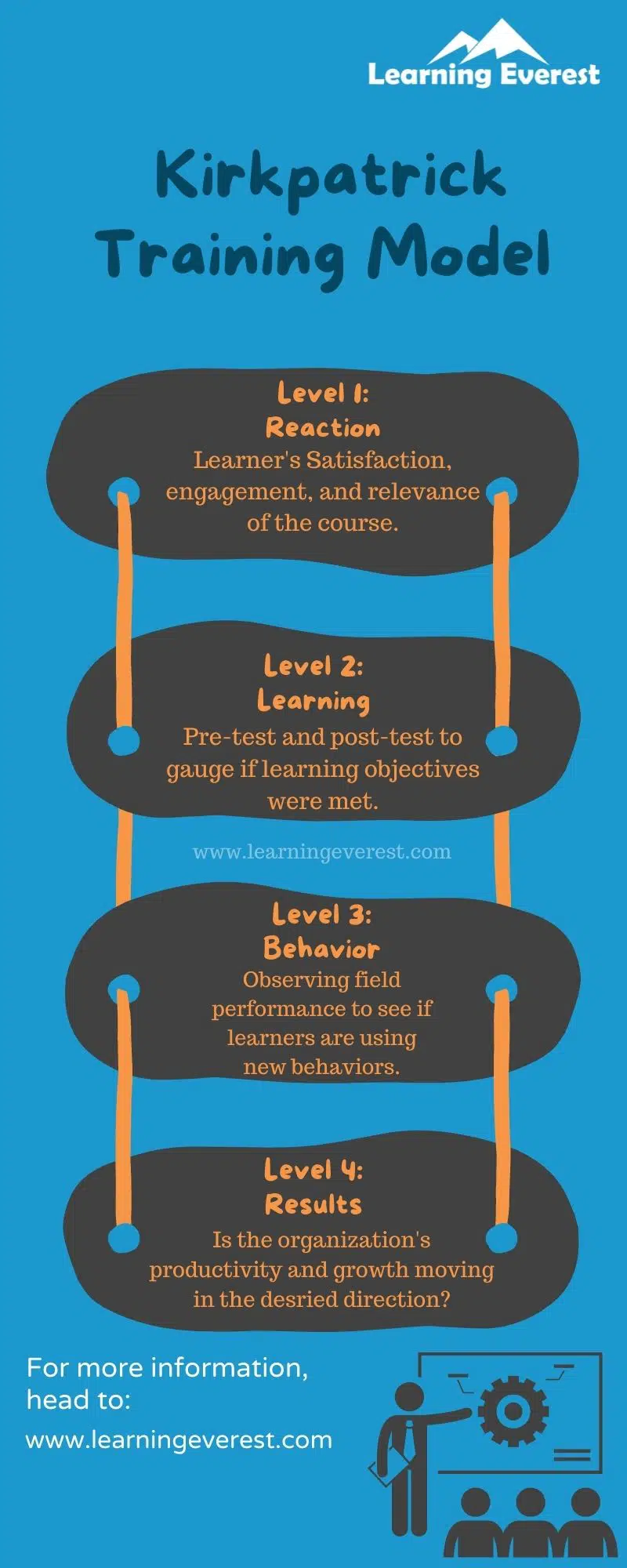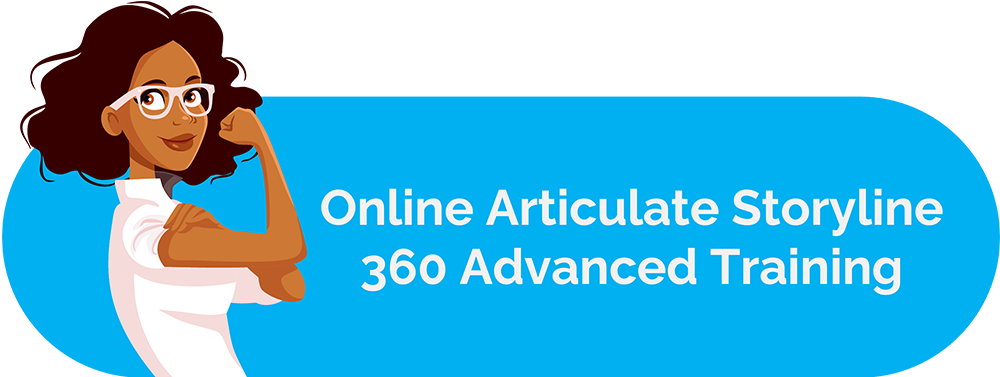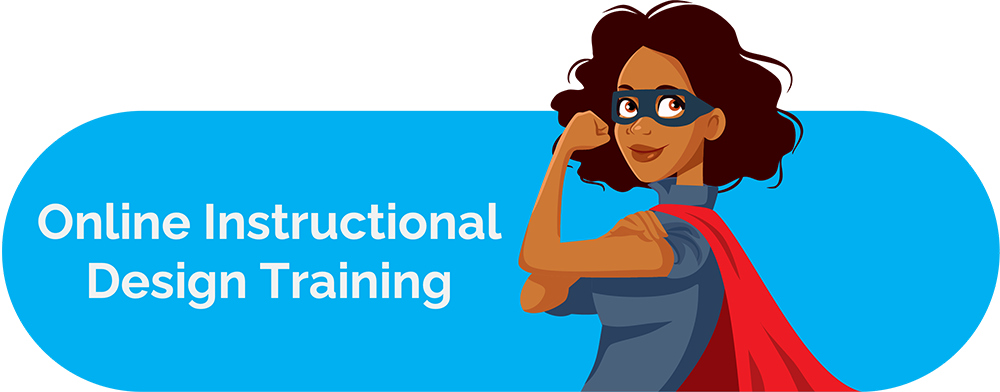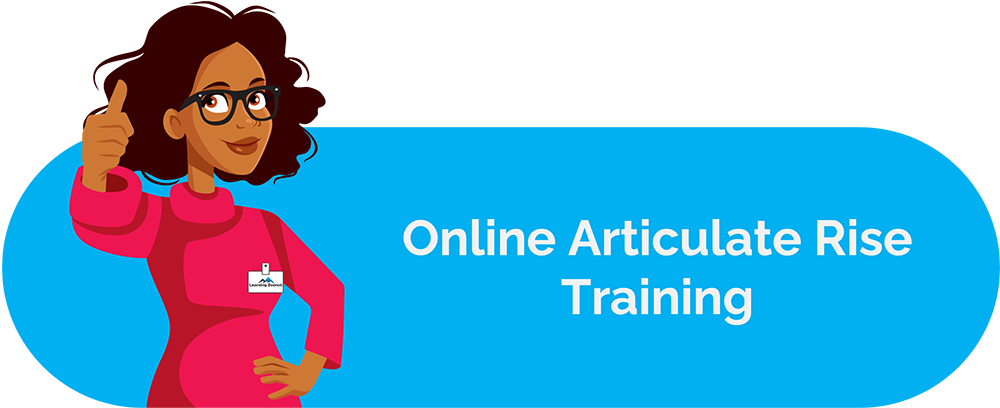The Kirkpatrick training model is a long-term result-oriented approach to training effectiveness evaluation. It defines an effective training program as one that facilitates the extended application of learnings to meet measurable behavioral targets in learners. These targets, in turn, impact the performance of the organization as a whole.
Table of Contents
- A Brief History and Overview of the Kirkpatrick Training Model
- The Kirkpatrick Training Model for the New World
- Kirkpatrick Training Model in Action in the Modern Workplace
- The Advantages and Disadvantages of the Kirkpatrick Training Model
- Infographics
- Frequently Asked Questions (FAQs)
- What is the Kirkpatrick training evaluation model?
- What are the 4 levels of evaluation and how are they significant?
- Why is the Kirkpatrick model so popular?
- What are the disadvantages of the Kirkpatrick training model?
This model specializes in measuring business training effectiveness and functions on a deep understanding of how the interaction between people and environments creates changes. Thus, its broad objective is to make training engaging, relevant, and satisfying for learners so that they absorb and eventually apply new skills as effectively as possible.
A Brief History and Overview of the Kirkpatrick Training Model
Conception and revisions
The model was developed by Donald Kirkpatrick in 1959, who proposed a 4-level framework to assess training effectiveness in businesses.
The 4 levels he listed were reaction, learning, behavior, and results.
Over the years, Kirkpatrick and his family members have revised the model multiple times to make it more thorough.
The last revision was made in 2015 by the Kirkpatrick family. This newest iteration of the model is known as the New World Kirkpatrick Model.
Basic concepts – the 4 levels explained
The Kirkpatrick training model has levels that progressively transform to become broader in their scope. With each stage, training evaluation techniques and avenues turn more complex.
LEVEL 1: Reaction
The evaluation process starts with the learners. The first level gauges the training experience of the audience. The assessment objective here is to check whether the learner’s reaction to training is favorable or not. The learners’ responses are typically collected using surveys at the end of a session. These forms are known as “happy sheets” or “smile sheets.” Some examples of common questions on these forms are:
- Was the course relevant to your job?
- Did you enjoy the session?
- Did you learn something worthwhile?
- Were you satisfied with the delivery?
LEVEL 2: Learning
Level 2 assesses whether the training meets learning objectives. In other words, have learners grasped the informational contents of the course? Evaluation occurs in two phases.
The first phase is a pre-test that measures learners’ knowledge level before training. The second phase is the post-test, which checks the learners’ knowledge level after training. Formal assessment tools like tests, exams, quizzes, etc., can be used, or learners can be interviewed and observed. Learning experts typically look at changes in knowledge, skills, and attitudes of the target audience.
LEVEL 3: Behavior
Level 3 sets the Kirkpatrick training model apart. In level 3, learning officers, supervisors, and managers judge the extent to which employees are applying the knowledge and skills they learned.
The evaluation process stays at this level for a long time since most skills cannot instantly be applied. A good stage to start measuring behavior is 3-6 months after training. Field observations, performance reviews, and individual/group interviews are some standard information-gathering techniques at this level.
LEVEL 4: Results
Level 4 is another unique step in the model. Results are computed even later than behaviors to ensure participants have had ample time to assimilate the new strategies into their work. Here, organizations evaluate whether the training and subsequent changes were sufficient to help meet company goals. Thus, it looks at the organization’s productivity in its entirety rather than separate individuals or departments.
Gauging results is the trickiest part because learning officials and developers need to identify which positive or negative outcomes happened due to the training in question. For this, the final targets and corresponding behaviors need to be defined very precisely right at the beginning.
The Kirkpatrick Training Model for the New World
The latest revision of the Kirkpatrick training model caters to the modern workforce. How relevant the training is to employees’ everyday on-the-job duties is emphasized. Additionally, environmental support, fit, and personal factors like motivation and commitment of employees are highlighted.
The levels in the New World Kirkpatrick training model remain the same; however, Kirkpatrick and family have added more elements to each stage.
- At level 1, learner reaction now consists of 3 components. Learning experience evaluation looks at customer satisfaction with training, their level of engagement, and whether learners felt the content is relevant.
- For level 2, knowledge, skills, and attitudes to course content remain vital. However, now the importance of commitment and confidence is also recognized. This change accommodates the new workforce’s emphasis on personal motivation and effort.
- Level 3 or the behavior level has become more specific in measuring behavioral outcomes. It now delineates Critical Behaviors (which create impact when performed consistently), Required Drivers (favorable environmental conditions and reinforcements), and On-the-Job Learning as catalysts of successful behavioral change
- Lastly, level 4 now has a Leading Indicators metric, which refers to conditions and criteria that indicate individual employees are meeting the organization’s goals. Some examples of leading indicators are sales volume, market share, and customer satisfaction.
Thus, the New World Kirkpatrick training model has made the process more specific than before, giving evaluators a more robust framework to work with.
Kirkpatrick Training Model in Action in the Modern Workplace
The implementation of the Kirkpatrick training model happens in two distinct phases: the planning and application phases.
In the planning phase, learning officers, instructional designers, course developers, and company management begin at level 4. They lay down the results they want to achieve by developing and delivering the course.
Once these results have been specified, designers describe the behaviors to help achieve them.
Planning the learning outcomes of the training then becomes simple because the development team has a good idea of the desired long-term outcome.
Finally, the team develops reaction surveys.
During the application phase, the course progresses from level 1 to level 4, as intended.
The Advantages and Disadvantages of the Kirkpatrick Training Model
The main advantage of the Kirkpatrick training model is that it’s comprehensive and precise. It is also adaptable to different delivery formats and industries, making it flexible. The eventual data it provides is detailed and manages to incorporate organizational goals and learners’ needs.
However, the process is very lengthy. Conducting a robust evaluation takes anywhere between a few months to years. Additionally, the analysis required in levels 3 and 4 is overly complex. Thus, due to factors like time, budget, and personnel constraints, it is common for evaluations to stop at level 2.
However, if followed thoroughly, the Kirkpatrick training model can help organizations achieve massive growth while developing a skilled workforce at the same time.
Infographics
Frequently Asked Questions (FAQs)
What is the Kirkpatrick training evaluation model?
The Kirkpatrick training model is a long-term result-oriented approach to training effectiveness evaluation. It defines an effective training program as one that facilitates the extended application of learnings to meet measurable behavioral targets in learners. These targets, in turn, impact the performance of the organization as a whole.
What are the 4 levels of evaluation and how are they significant?
The 4 levels of the Kirkpatrick training model are reaction, learning, behavior, and results. They are significant due to the progressive complexity of the evaluation conducted in each stage.
Why is the Kirkpatrick model so popular?
The main advantage of the Kirkpatrick training model is that it’s comprehensive and precise. It is also adaptable to different delivery formats and industries, making it flexible. The eventual data it provides is detailed and manages to incorporate organizational goals and learners’ needs.
What are the disadvantages of the Kirkpatrick training model?
The process is very lengthy. Conducting a robust evaluation takes anywhere between a few months to years. Additionally, the analysis required in levels 3 and 4 is overly complex. Thus, due to factors like time, budget, and personnel constraints, it is common for evaluations to stop at level 2.
The Kirkpatrick training model is a long-term result-oriented training effectiveness evaluation approach that prioritizes business and learner goals.






